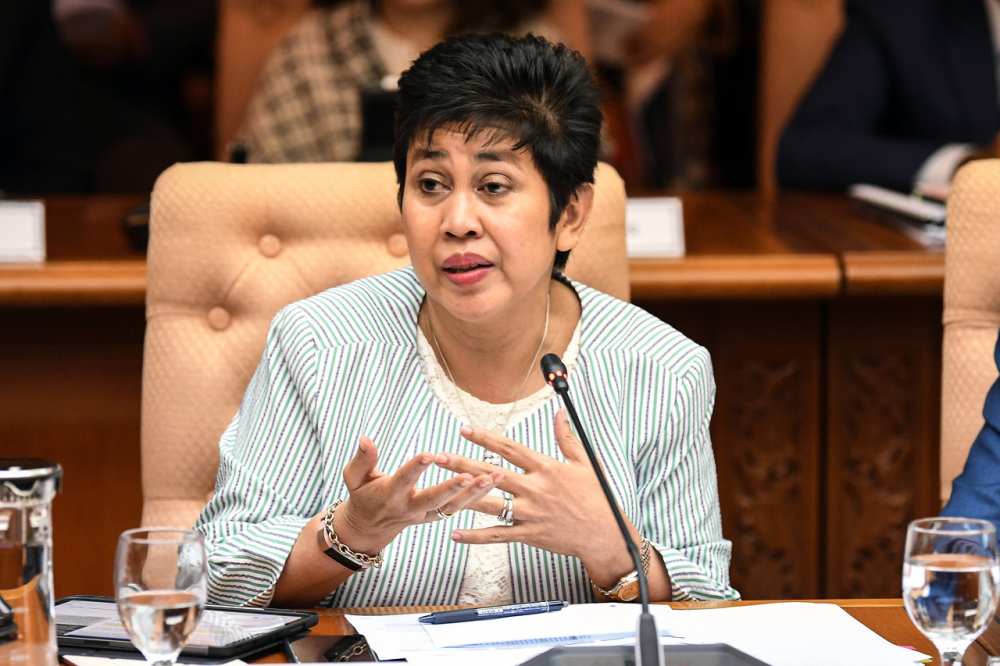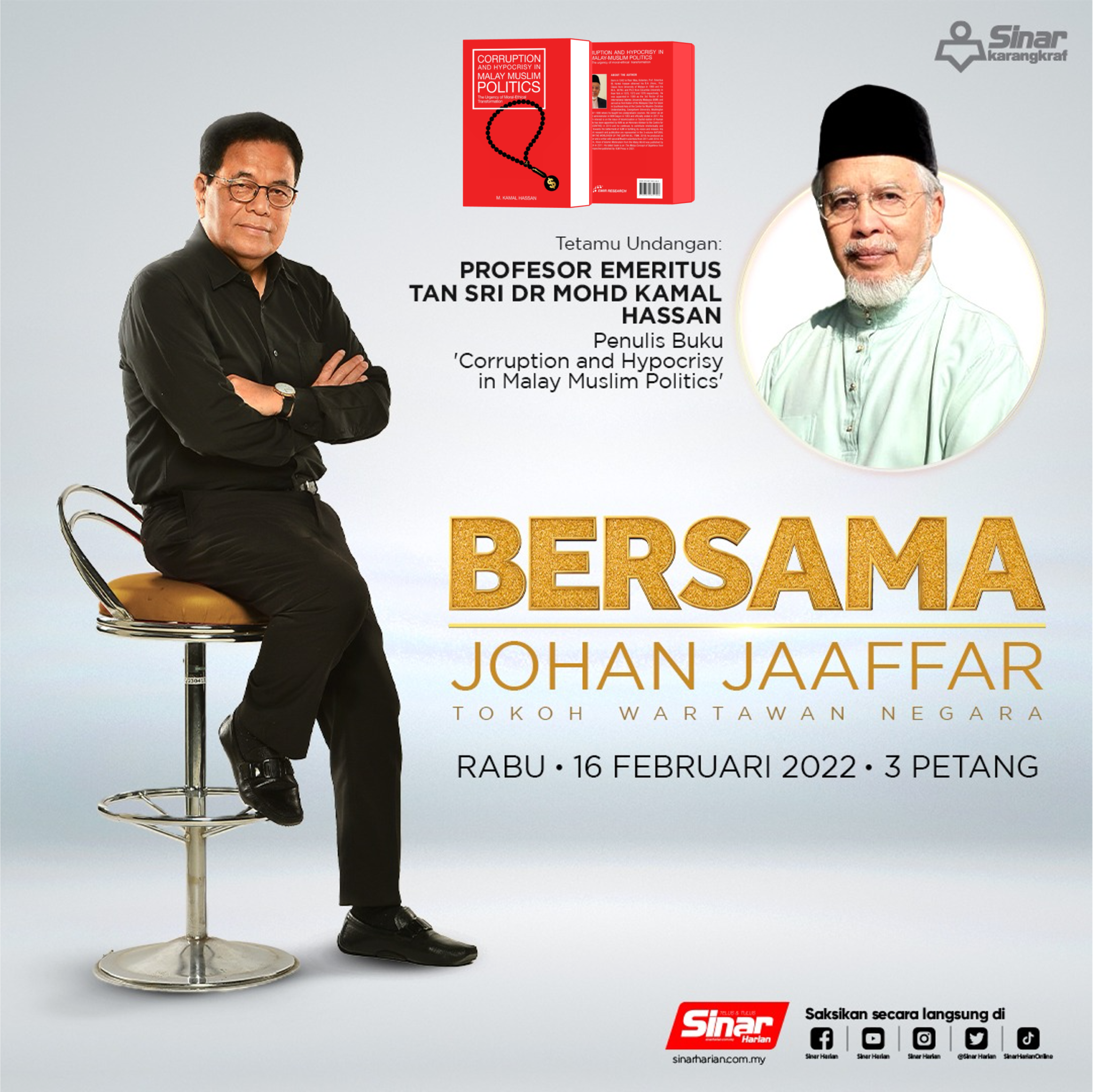
Published in MalayMail, BusinessToday & theSundaily, image by MalayMail.
The decision by the Monetary Policy Committee (MPC) of Bank Negara on January 20, 2022 to hold the overnight policy rate (OPR) at 1.75% (in continuity with its decision on November 3, 2021) is surely the correct policy stance. However, Bank Negara could have gone further by cutting the OPR to 1.5% with the view of holding it for the foreseeable future.
The policy context/backdrop is, of course, the heightened inflationary pressures of Q4 2021 – that have persisted into the beginning of 2022 and the momentum is expected to continue although should dissipate eventually.
According to Bank Negara Governor Tan Sri Nor Shamsiah Mohd Yunus, for 2021, the average headline inflation stood at 2.5% against a low base of -1.2% in 2020, while core inflation averaged at 0.7% versus 1.1% in 2020. The Consumer Price Index (CPI) was at 3.2% in December, 2021 with core inflation at 1.1% and inflation without fuel at 2.2%.
Moving forward, economists Geoffrey Williams and Paulo Cassadio have forecasted that average headline inflation will be around 2% for 2022 whilst average core inflation will be around 1.6% (“Inflation? What inflation?, Malay Mail, January 22, 2022).
The spike in food prices came to the fore in November 2021 mainly in the form of vegetable prices. Prior to that, there’s been the issue of rising chicken feed prices with particular reference to corn and soybean meals since Q2 2021.
According to an industry insider with the Federation of Livestock Farmers’ Associations of Malaysia (FLFAM), “corn makes up about 50% of feed costs, and soybean meal makes up about 25%. Both corn and soybean meal are fully imported products from Argentina [Pacific route] and Brazil [Atlantic route], and since October 2020, the cost of corn has shot up by more than 60%, while soybean meal prices have gone up by more than 40%” (“Poultry players up in arms over extension of price control scheme”, The Edge Markets, January 18, 2022).
These would be imported via shipping lines that are registered in countries like Panama and Dominican Republic which don’t regulate shipping prices and hence cartel price-fixing (price gouging) – as has been recognised and placed at the forefront by the Biden Administration.
On top of that, the Panama Canal Authority increased the canal transit fees that took effect on June 1, 2021. The hike represented:
- a minimum cost increase per transit reservation of USD20,000 (up by 57%); as well as
- a maximum cost increase of USD58,500 (up by 167%), etc.
For a more detailed picture, see the report by ratings agency and analytics consultancy firm SP Global (“Panama Canal booking tariff hike postponed to June: ACP”).
Our government should conceptualise and implement its intervention accordingly – where the most critical part would be in relation to our freight forwarders and importers in the supply-chain – as part of the effort to control and subdue inflationary pressures.
And this is what is meant by inflation as being “transitory”, i.e., not short-lived as such but dependent on the phasing out of the supply-chain bottlenecks and supply-side shocks.
The cost-push nature of (this) inflation is recognised by central banks in developed economies, notwithstanding policy announcements and moves.
In the US, Federal Reserve Chairman Jerome Powell has “committed” to raising the federal funds rate by March of this year. This would align with the timeline of tapering down the quantitative easing (QE) programme of bond buying that will end in March also. Since the Great Financial Crisis (GFC), lowering the federal funds rate has been synchronised with “twisting down” the long-term yields of the term maturity structure.
However, a significant increase in the interest rate is highly unlikely as it could cause market jitters and Treasury bond yields to go up with “transmission” implications in terms of market liquidity. Banks will be hard-pressed to off-load the bonds at the secondary markets because they’ll be selling at a loss (recall that the yield is inversely proportional to the principal).
Whatever the percentage, the irony is that it won’t “cure” inflation – with borrowing costs going up (interest rate rises together with quantitative tightening) for both the government and non-government (private and households) sectors. At the same time, via the forward pricing channel, i.e., the pricing in of future delivery of goods anchored on the interest rate will also rise.
For the administration, the “hawks” might clamour for the national debt to be reduced/repaid which could create “gridlock” in Congress and derail President Joe Biden’s infrastructure spending under the Build Back Better plan.
As for the Bank of England, the cash rate was just recently increased to a mere 0.5% from 0.1% which is insignificant and can be considered as a token (policy) move. What’s more, Governor Andrew Bailey warned against wage increases. This definitively reflects the thinking that inflation is a cost-push phenomenon and monetary policy can’t be expected as the be-all and end-all.
The European Central Bank (ECB) has typically been associated with “inflation-aversion” as shaped by the influence of Monetarism and the German-phobia of hyperinflation that occurred during Weimar Republic in the aftermath of World War 1 which was only cured by the introduction of a proxy currency called the Rentenmark. Again, Weimar hyperinflation had nothing to do with loose monetary policy as Germany scrambled to fulfil its repatriation commitments in foreign currencies and its Ruhr industrial heartland came under French occupation – affecting the price levels.
It’s true that the Rentenmark which tamed hyperinflation was fixed in supply as it’s tied to the value of agricultural and industrial land. But this served only to restructure the price (quality) of the currency itself.
Fast-forward, ECB President Christine Lagarde was quoted as saying that the “[d]espite the current inflation surge, the outlook for inflation over the medium term remains subdued” although she now “acknowledges” that the ECB was “getting much closer” to hitting its target on inflation.
In a Twitter Q&A (February 10, 2022), ECB Executive Board Member Isabel Schnabel laid out three main points:
- “Inflation has risen mainly due to energy prices which we [i.e., the ECB] cannot affect directly”.
- “Currently, longer-term inflation expectations remain well-anchored”.
- “‘Transitory’ shocks typically do not require [monetary] policy action”.
Notwithstanding, the conventional wisdom remains that combatting inflation requires raising the interest rate.
For example, the HSBC Asian Outlook 2022 anticipates that Bank Negara will likely increase the OPR by 100 basis points (1%) between 2022 and 2023 because of Malaysia’s tighter labour market and gradually upward movement of core inflation.
However, as MARC (Malaysian Rating Corporation Berhad) Chief Economist Firdaos Rosli points out, “… raising interest rates will cause borrowing costs and input prices to increase further amid the slack in the economy. Hence, prices will likely surge rather than decline” (“To fight inflation, we must first tolerate it”, The Star, December 4, 2021).
Renowned economist Professor Dr Jomo Kwame Sundaram has also hit out at any call for a rise in the OPR in his joint-article, “Inflation Paranoia Threatens Recovery” (February 02, 2022).
The following two factors should compel a rethink on interest rate increase.
- Minimum wage increase
Recently, Minister of Human Resources M Saravanan indicated that the increase in the minimum wage to RM1,500 a month is expected to be implemented before the end of 2022.
EMIR Research calls for the minimum wage to be implemented in the second half of 2023 at the earliest instead – with ample consultation with the stakeholders such as the Malaysian Employers Federation (MEF), Federation of Malaysian Manufacturers (FMM), Small and Medium Enterprises Association (Samenta), the chambers of commerce, etc.
ii. Persistent supply-side issues
The government’s continuation of price controls (as pre-condition) must be consistently and systematically accompanied by subsidies and other forms of financial/fiscal measures. The recent decision by the Cabinet to subsidise 60 sen per kg for chickens and five sen per egg for poultry farmers is the right policy direction.
The most critical part is shipping and freight forwarding costs.
The government must act fast and intervene by using its bulk purchasing capacity either directly or indirectly and removal of caps, etc.
Other measures include:
- Forming a consortium which includes GLCs (shipping) to import on a bulk basis to reduce and cushion the impact of excessive or sky-rocketing shipping costs;
- Forming a SPV to import certain categories of goods whereby the government bears 50% to 70% of the shipping costs which will be “compensated” on a profit-sharing basis in agreement with the shippers on a long-term basis; and
- Forming a GLC to act as the middleman (not for profit) – i.e., secondary importer (post-shipment) – whereby the costs will not be passed on to the next stage in the supply-chain (e.g., wholesale or retail).
In addition, the government should set-up a special purpose vehicle (SPV) for the purpose of implementing inflation-linked swaps (ILS). The SPV would also simultaneously be tasked to project and forecast on future inflation movements. The ILS should be traded on Bursa.
In short, monetary policy should be accommodative of fiscal policy (and not only the economic conditions) by maintaining the OPR at the current level or even lowering it to 1.5%. And further develop measures as part of its “toolbox” and policy levers to synchronise monetary and fiscal policies.
Jason Loh Seong Wei and Tan Tze Yong are part of the research team of EMIR Research, an independent think tank focused on strategic policy recommendations based on rigorous research.

